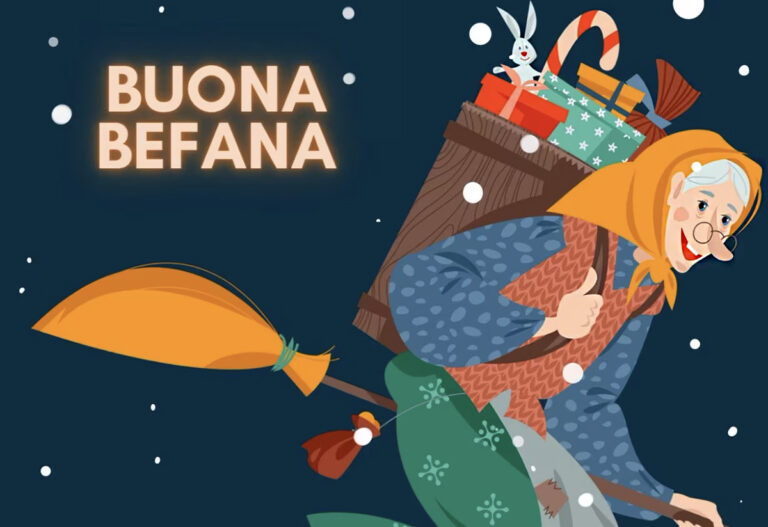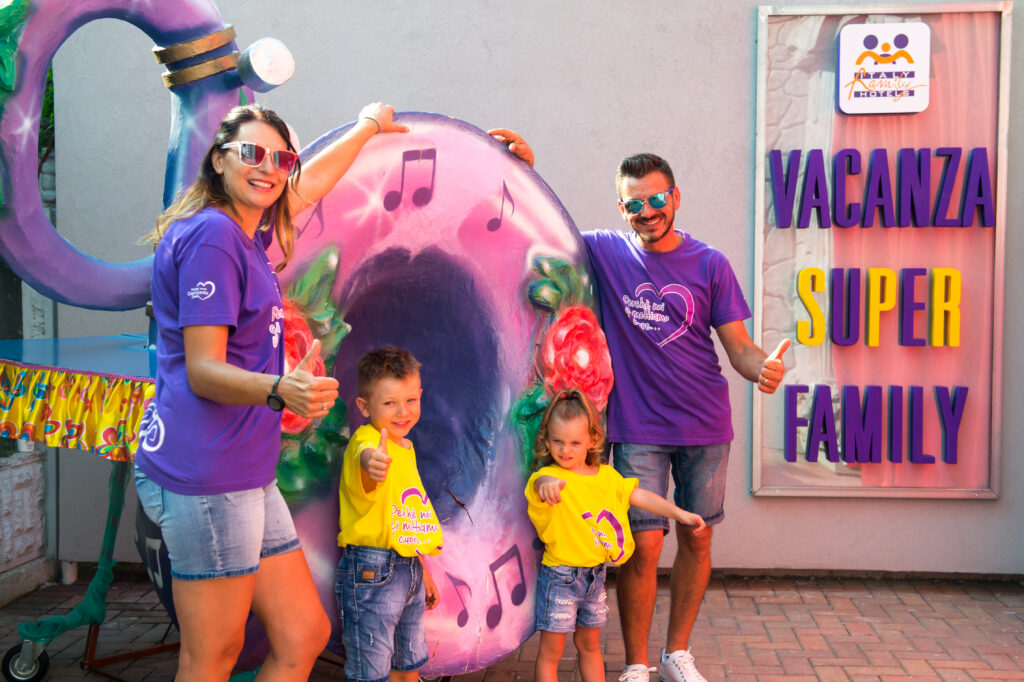The Befana, the old woman who rewards diligence and good hearts of children.

The figure of Befana is a traditional and much-loved character among children. She symbolizes Epiphany, celebrated on January 6th, marking the conclusion of the Christmas season.
For children, Befana is a symbol of joy, surprise, and generosity.
According to folk legend, on the night from January 5th to 6th, Befana flies through the sky on a broom, delivering gifts to well-behaved children in the form of sweets, candies, or small presents.
Simultaneously, she leaves coal or sweet coal (shaped sugar resembling coal) for naughty or bad children.
Children in Italy and Spain eagerly anticipate the arrival of Befana, much like children from other cultures await Santa Claus or similar figures.
It’s a time full of fun and anticipation where youngsters hang their stockings or socks by the fireplace, window, or under the Christmas tree, hoping for Befana to come by and leave their gifts.
Befana is seen as a loving and sweet character, and this tradition provides children with the opportunity to continue the spirit of the Christmas holidays even after Christmas by celebrating the arrival of Epiphany and reveling in the magic of receiving small gifts and sweets.
Legends and Traditions: The Three Wise Men, Epiphany, and the beloved Befana
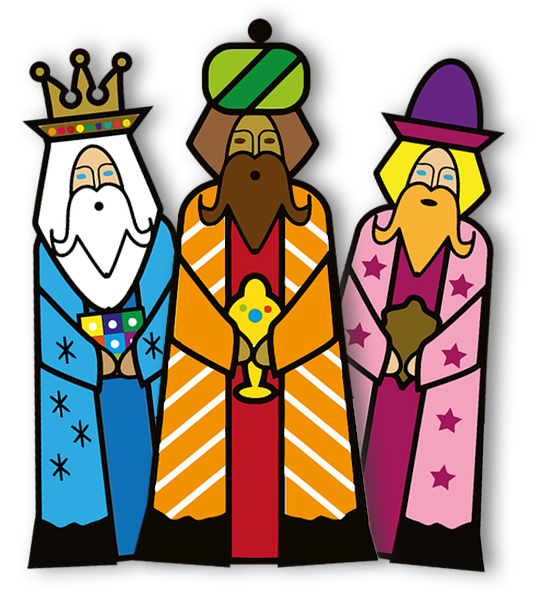
The captivating and fascinating history, as well as the legends surrounding the figure of Befana, with a special emphasis on its historical origins and the traditions associated with this custom.
In ancient times, the figure of Befana danced between stories veiled in mysticism and traditions spanning the passage of time. Not just a symbol of Christmas, but a representation of old epochs and intertwined beliefs, often between paganism and Christianity.
Traces of this mythical image date back to ancient celebrations that honored the transition from one year to another. In earlier times, Befana embodied the old year, and her gifts symbolized the hopes of the new year ahead for everyone.
In the narrative of Christian tradition, the storylines of the Three Wise Men intertwine with a complex tale that merges with that of Befana.
It is told that while the Three Wise Men set out for Bethlehem to seek the newborn Jesus and carry valuable gifts, they got lost in the darkness of the winter night.
The legends, divided into different versions, describe a pivotal moment: the quest for guidance.
Some stories tell of encountering an old lady on the road, while others claim that the Three Wise Men knocked on the door of an elderly woman, asking for directions.
In both accounts, after receiving the necessary directions, they invited the woman to join them in paying homage to Jesus.
However, the lady declined the invitation…
When the dear old lady was searching for the baby Jesus...
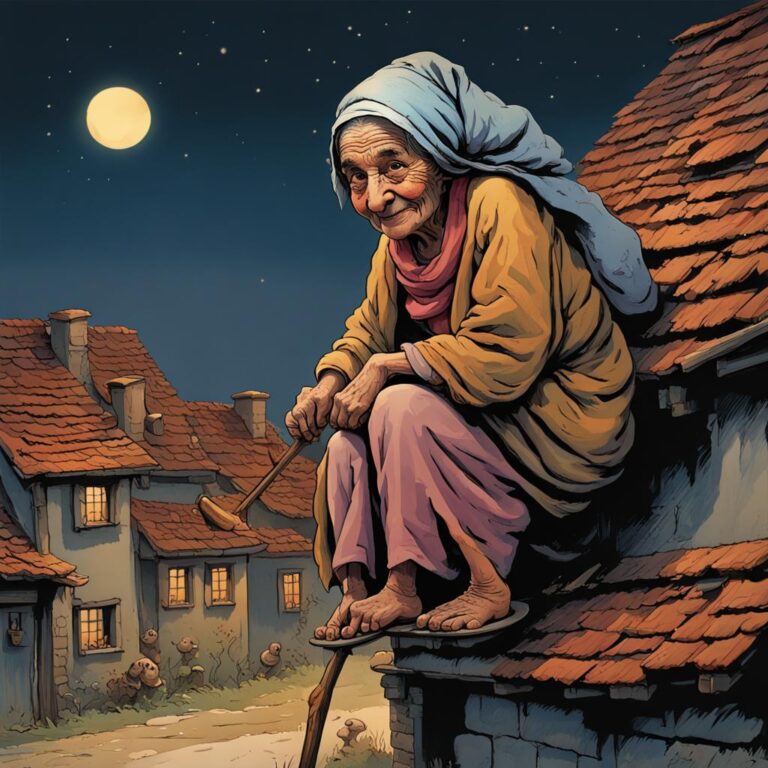
Deeply regretful, the old woman searched for the Wise Men, but in vain. She decided to visit every house, gifting sweets to every child, hoping that one of them might be the sought-after baby Jesus.
This gesture of generosity became the core of the legend of Befana, who has since traveled the world, distributing gifts as a way to seek forgiveness.
Yet, her story delves even deeper into the roots of pagan times, linked to Roman celebrations honoring deities such as Janus and Strenia, symbols of new beginnings, prosperity, and luck, where the exchange of gifts was a customary practice.
The ancient origins of our rites and traditions.
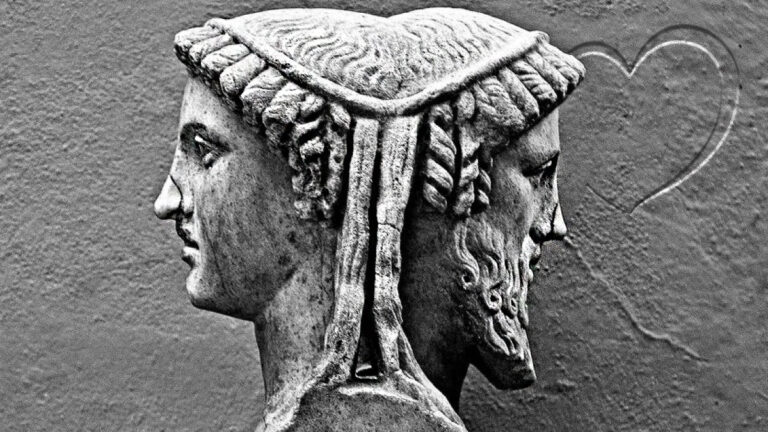
The Roman celebrations honoring deities like Janus and Strenia were indeed significant events in ancient Rome, observed at specific times of the year with rituals and ceremonies that held crucial moments in the social and religious life of that era.
Janus: He was one of the most important deities in Roman mythology. Janus, the god with two faces, represented dualities and beginnings.
His main festival occurred on January 1st, which was named after him (the month of January). This day marked the beginning of the new year in the Roman calendar.
Janus was associated with opening and closing, the transition from one year to the next, and his two-faced image symbolized the gaze into the past and the future. He was also considered the god of doors, the doors of the year that open and close.
Strenia: The festival of Strenia, celebrated on January 1st alongside Janus, was dedicated to the goddess of good health, gifts, and promises.
Romans exchanged gifts and good wishes on this day, hoping that this gesture would bring luck and prosperity for the new year.
The celebrations for these festivals included public and private ceremonies, including offerings at the temples of the deities, ritual sacrifices, banquets, as well as the exchange of gifts and good wishes.
Hope, gifts, celebrations, and offerings.
Signs of luck and prosperity.
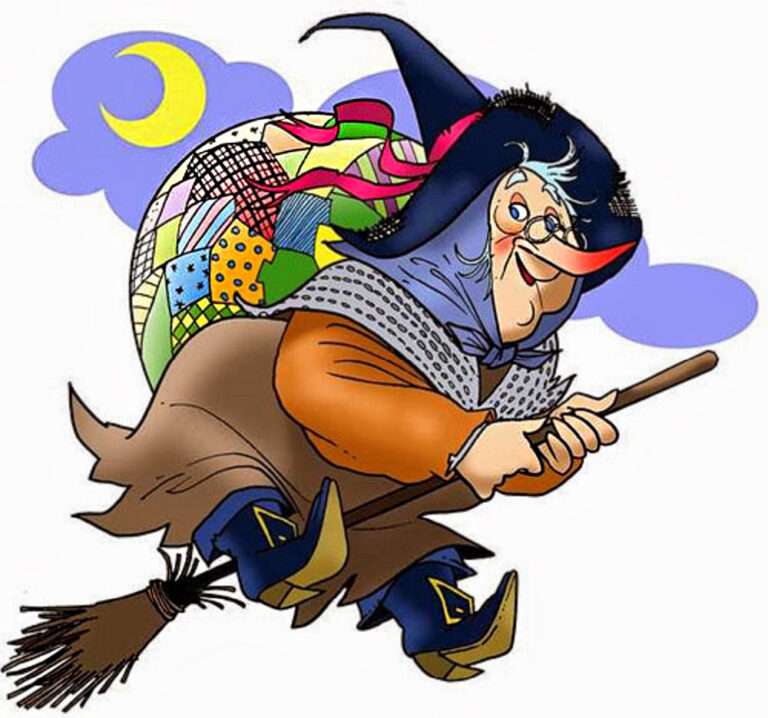
The period around the transition of the Roman year was a phase of great societal and religious significance, blending a mix of pagan traditions with beliefs and religious practices.
The incorporation of elements from these pagan festivities into Christian Christmas celebrations, including the Befana, is an example of how certain traditions have adapted, evolved, and intertwined in new cultural and religious contexts over the centuries.
Many deities promised their followers a life with few inconveniences.
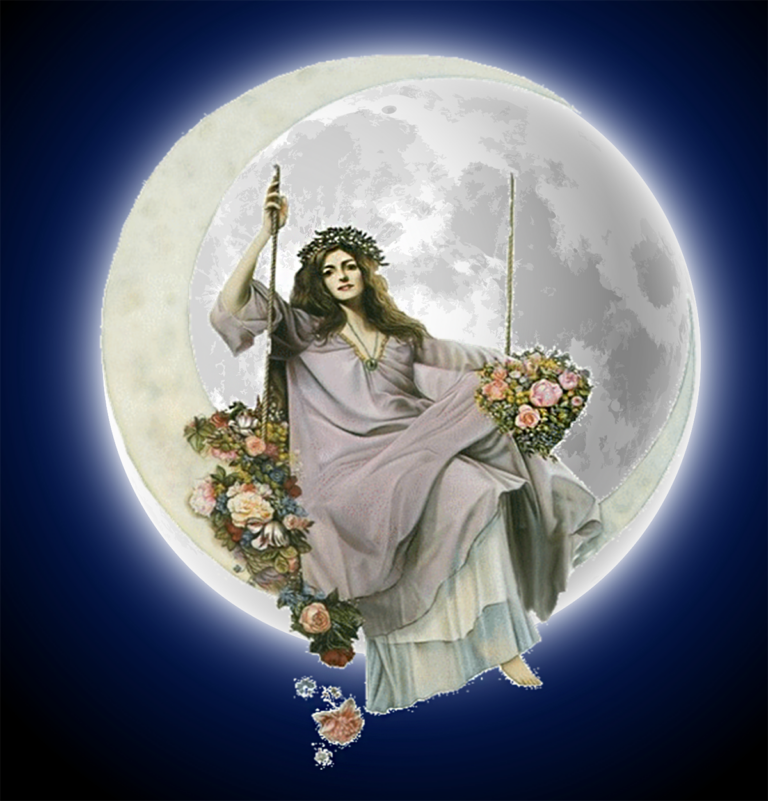
The connections extend to propitiatory rituals linked with the cycles of seasons, such as the twelfth night after the winter solstice.
Romans believed that female figures flew over fields to ensure fertility for future harvests. Initially associated with Diana, the moon goddess, and later connected with minor deities like Sàtia, representing satiation, and Abùndia, the goddess of abundance, this female figure gradually transformed and merged with the character of Befana as we know her today.
Thus, the figure of Befana continues to traverse between myths, legends, and traditions, transcending the boundaries of time and uniting past and present within a narrative steeped in the magic of bygone eras.


